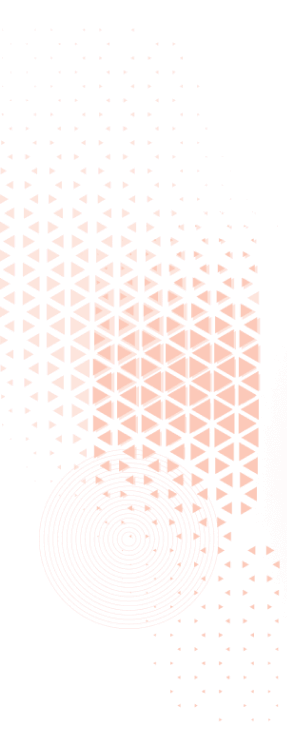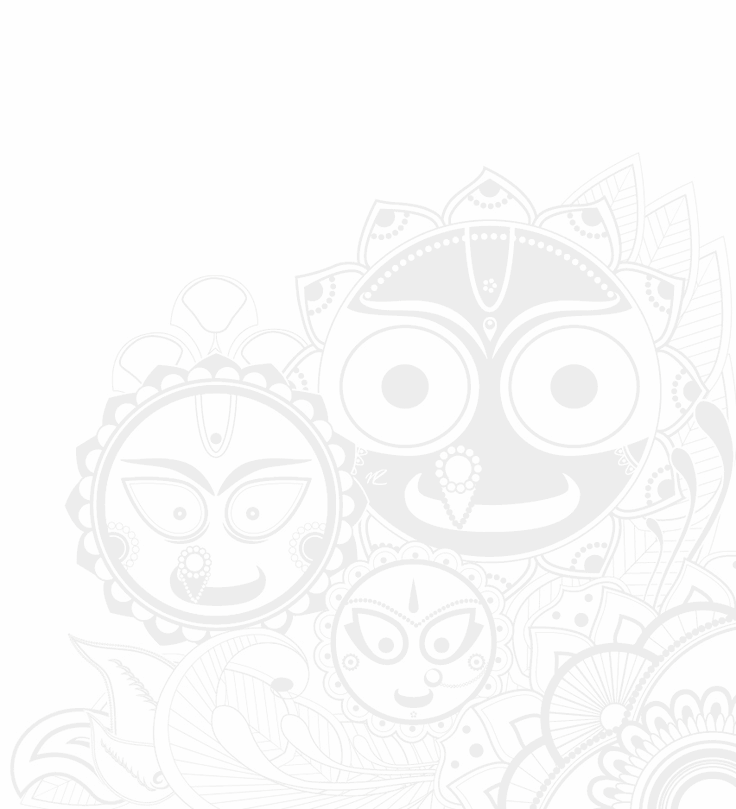

Odissi Dance: A Timeless Temple Tradition
Odissi, one of the oldest surviving classical dance forms of India, is a mesmerizing blend of spirituality, storytelling, and sculpture-like grace. Originating in the ancient temples of Odisha, this dance form has a history that spans over two millennia, making it not only a cultural treasure but also a living chronicle of India’s artistic and devotional heritage.
Ancient Origins and Temple Roots
The earliest evidence of Odissi can be traced back to 2nd century BCE, as seen in the Udayagiri caves near Bhubaneswar, where carvings depict dancers in Odissi-like poses. The dance flourished under the patronage of kings and was deeply embedded in the ritual worship of Lord Jagannath at the Puri temple. It was performed by Maharis—female temple dancers—who dedicated their lives to temple service, and later by Gotipuas, young boys dressed as women, who preserved the tradition when female performances were restricted.
Odissi was more than entertainment; it was a sacred offering, a form of bhakti (devotion) expressed through movement, music, and mime. The performances were often based on Jayadeva’s Gita Govinda, a 12th-century Sanskrit text that vividly describes the divine love between Krishna and Radha.
A Dance of Grace and Geometry
Odissi is characterized by its fluid torso movements, sculptural poses, and the iconic tribhangi posture, which divides the body into three graceful bends. The chauka stance, symbolizing Lord Jagannath, reflects strength and symmetry. The dance seamlessly blends nritta (pure dance), nritya (expressive dance), and natya (dramatic storytelling), making it both visually captivating and emotionally resonant.
Global Recognition
Today, Odissi is performed and taught across the world, celebrated for its lyrical beauty, spiritual depth, and technical sophistication. It continues to evolve while staying rooted in its sacred origins, enchanting audiences with its timeless elegance.
Main Gurus of Odissi Dance
The three most revered gurus who played a pivotal role in reviving and shaping the classical Indian dance form Odissi in the 20th century are:
1. Guru Kelucharan Mohapatra
Contribution: Widely regarded as the architect of Odissi, he systematized the dance form and brought it to the global stage. His choreography, teaching, and performances helped establish Odissi as a classical dance recognized across India and internationally.
2. Guru Pankaj Charan Das
Contribution: Known as the “Adi Guru” of Odissi, he was instrumental in reviving the dance from its temple roots. He was deeply rooted in the Mahari tradition (temple dancers) and brought a spiritual and devotional depth to the form.
3. Guru Deba Prasad Das
Contribution: Developed a distinctive style of Odissi that blends the Mahari (temple dancer) and Gotipua (young boy dancers) traditions. His style is robust, rhythmic, and expressive. He introduced the concept of “Sabda Swara Pata”, a rhythmic syllabic pattern unique to his gharana
Copyright © 2025